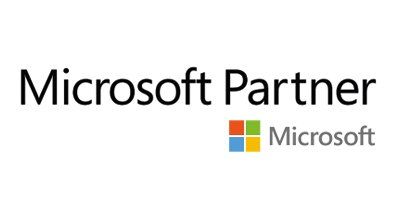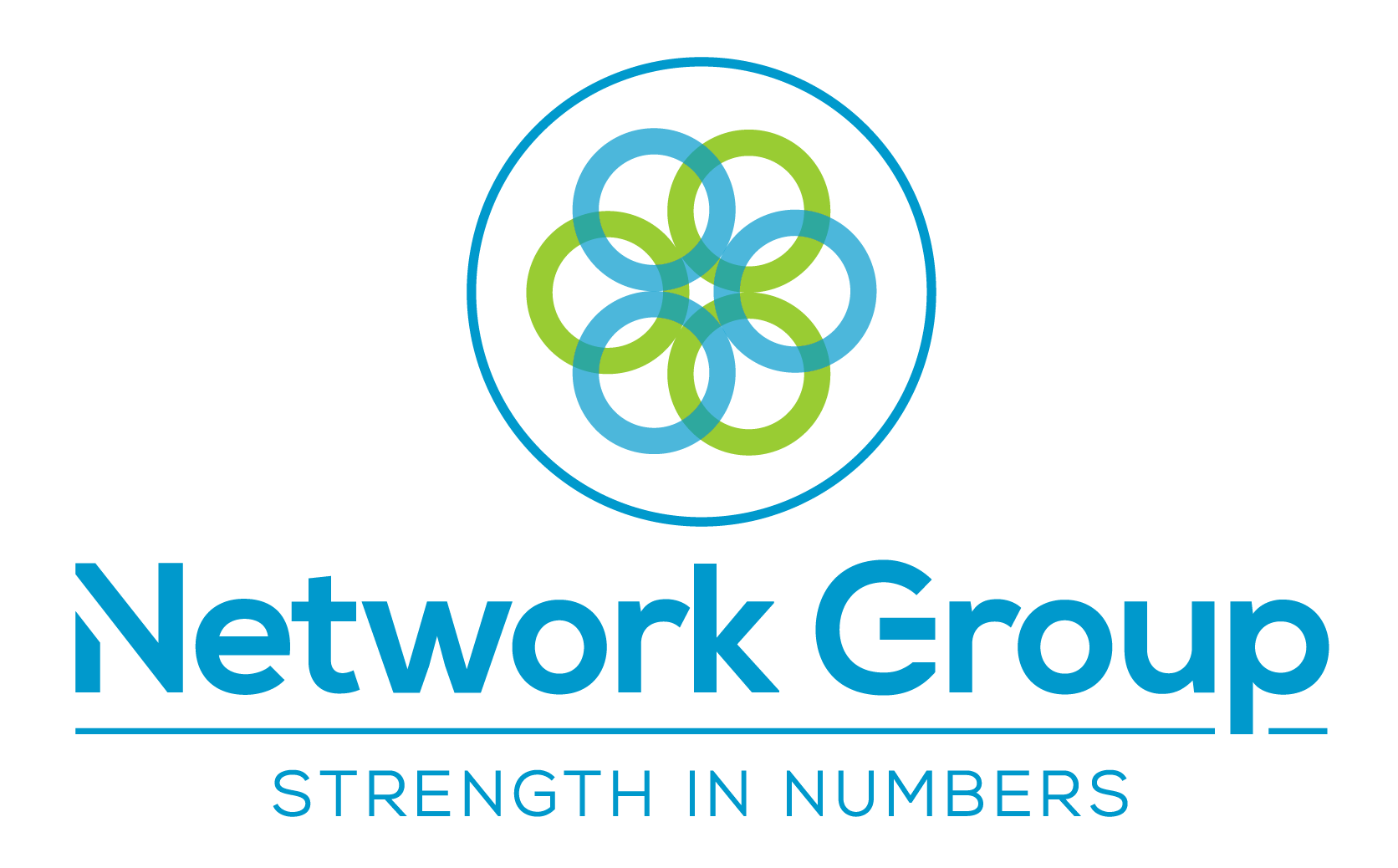Blog Layout
Microsoft takes Azure above the clouds
Leo Daniels • October 23, 2020
This is a subtitle for your new post
It recently tested a datacentre at the bottom of the sea – now Microsoft is heading into space to offer satellite connectivity
In a blog post
describing the company’s plans, Tom Keane, corporate vice-president, Azure Global, said Microsoft was working to make Azure the platform and ecosystem of choice for the mission needs of the space community.
“The space community is growing rapidly and innovation is lowering the barriers of access for the public and private-sector organisations,” he wrote. “With Azure Space, we have the ambition to make space connectivity and compute increasingly attainable across industries including agriculture, energy, telecommunications and government.”
Among the plans for Azure Space are projects to simulate space missions and discover insights from satellite data. Azure Orbital Emulator is the first of these projects.
According to Microsoft, the emulation environment conducts massive satellite constellation simulations with software and hardware in the loop. Keane said this enables satellite developers to evaluate and train artificial intelligence algorithms and satellite networking before they launch any satellites.
“Azure can emulate an entire satellite network, including complex, real-time scene generation using pre-collected satellite imagery for direct processing by virtualised and actual satellite hardware,” he said.
From a network connectivity perspective, Keane said Microsoft would be working with satellite providers
to meet the world’s growing network needs. These include a new partnership with SpaceX Starlink, which Keane claimed would offer high-speed, low-latency satellite broadband for the new Azure Modular Datacenter.
In September, satellite broadband operator SES became an Azure Orbital partner. Through this partnership, the company said it would co-locate and manage its O3b mPOWER gateways with Microsoft Azure locations, which, according to SES, means customers would only be “one network hop” away from their Azure cloud services anywhere in the world.
It said the partnership would also provide its customers with scalability and flexibility to route network traffic over Microsoft’s global network and take advantage of cloud-based managed services such as enhanced security, SD-WAN and other network functions..
Building on this partnership, Keane said Microsoft would also support SES’s O3b Medium Earth Orbit (MEO) constellation, to extend connectivity between Microsoft cloud datacentre regions and cloud edge devices.
The O3b MEO constellation of satellites orbits 8,000km above the Earth’s surface, and according to SES, it can offer low-latency broadband to any area within 50° north or south of the equator.
“Our approach is to supply a multi-orbit, multi-band, multi-vendor, cloud-enabled capability to bring comprehensive satellite connectivity solutions to meet the needs of our customers,” Keane wrote in the blog. “Resilient satellite communications, coupled with Azure’s ability to provide high-performance computing, machine learning and data analytics opens many new opportunities for both public- and private-sector organisations.
“Our partnership approach to satellite communication solutions helps us bring these capabilities to customers faster to help solve their mission-critical space needs.”
Microsoft plans to offer satellite communications as a connectivity option for customers of its Azure Modular Datacenter, which can reside in remote areas that lack fixed line or fast mobile network connectivity. “The satellite connectivity add-on through our Satcom partnerships provides Azure Modular Datacenter customers with accessibility and resiliency of essential hyper-scale services into Azure,” Keane added.
We’re 1-fix, we can help you secure your business
At 1-fix, we take a realistic approach to technology – ensuring our client’s systems are best protected.
If you have any concerns, questions or simply want to explore how to better secure your business, please do get in touch with the team for a FREE demonstration, consultation to explore how exposed your business might be and identify actions to take.
Join Our Mailing List
Thank you for contacting us.
We will get back to you as soon as possible.
We will get back to you as soon as possible.
Oops, there was an error sending your message.
Please try again later.
Please try again later.
All sign-ups are handled inline with our privacy policy and can unsubscribe at any time.
Recent Blogs

By Craig Atkins
•
February 3, 2025
Businesses are constantly faced with decisions about how to best manage their IT infrastructure. One of the most significant choices is whether to adopt cloud services or stick with on-premises solutions. Both options have their advantages and drawbacks, and the right choice depends on your business's specific needs and goals. Let's explore the key differences between cloud services and on-premises solutions to help you make an informed decision.

By Grant Taylor-Davis
•
January 23, 2025
One of the most effective ways to protect your organisation from cyber threats is through Security Awareness Training. But what exactly is Security Awareness Training, how does it work, and why is it essential for your business? Let's explore these questions with a focus on KnowBe4, a leading platform in this field.
Get in Touch
Fill in this form to contact us and we'll get back to you ASAP (same working day where possible):
Contact Us
Thank you for contacting us.
We will get back to you as soon as possible.
Oops, there was an error sending your message.
Please try again later.
1-Fix Limited
Company Registration Number: 06543233
Registered address:
1-Fix Limited
1F02 Arena Business Centre, 100 Berkshire Place, Winnersh Triangle, Wokingham, Berkshire RG41 5RD




















